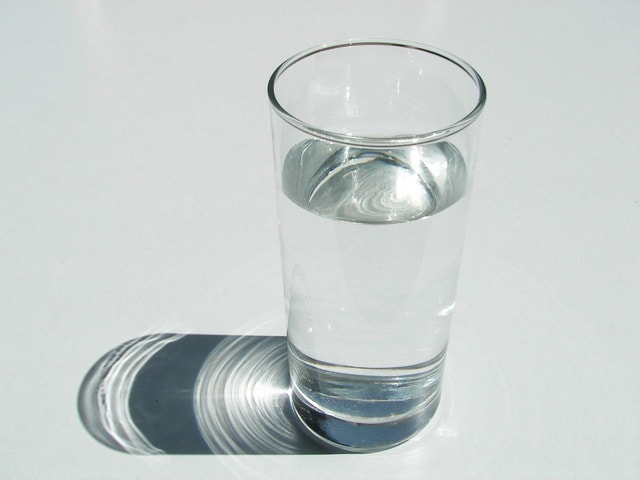
For some people, water is just water, but others are quite sensitive to different hints and flavors in the water they drink. If you are one of these people, you probably have your favorite brand of bottled water you buy when you are out and about. But what about your tap water at home? Is it as thirst-quenching and refreshing as you would like? As a Maryland water quality management company, we often work with clients who are not satisfied with the taste of their tap water. There are several reasons why your water may taste bad, but thankfully the majority of them can be corrected with the right choice of a water treatment system.
Chlorination
If your home or apartment is connected to the municipal water supply, it’s likely your tap water has been treated with chlorine to remove contaminants. While this treatment makes tap water safe to drink, it often leaves it with the chemical taste (and often odor) of chlorine. It’s not as strong as the pool chlorine, but most people notice it, and some are more sensitive to chlorine than others.
You can’t completely eliminate chlorination, but it’s possible to minimize chlorine content at the point of use. There are various carbon-based filters you could use to remove chlorine from water. Or you could simply let the water sit uncovered before drinking to allow some of the chlorine to evaporate.
Algae and Bacteria
If your water comes from a well, it may seasonally develop an earthy or musty taste and smell. This taste is caused by algae and bacteria that are naturally present in bodies of water, as well as the soil the water gets filtered through before it gets into your well. Typically, these organic water contaminants are not harmful to your health, but at peaks of algae growth they may add an earthy hint to your water. Sometimes, algae and bacteria can also grow inside your faucet and plumbing, leading to the same results. Abundance of iron bacteria in your well system may also cause swampy water taste and smell. Thankfully, these problems can often be addressed with a water filtration system.
Dissolved Metals
Your iron, copper or galvanized pipes may slowly shed their lining on a molecular level into your drinking water. This may make water taste bitter or develop a metallic taste. The taste will be the strongest when you first open the tap in the morning and pour the water that’s been sitting in the pipes for a while. When it comes to metals, your biggest concern is lead that may come from soldering used on old pipes. If your home is old and your plumbing system hasn’t been updated since the 80s, be sure to have it inspected for the signs of lead.
Metals like copper and iron are also naturally found in the water. Some areas may have higher concentration of metals than others. This means that the problem is not in the pipes, but in the water itself. A water treatment system such as reverse osmosis should help make your water taste good again.
Neglected Water Filtration Equipment
Sometimes, tap water may taste bad even if it’s been filtered through reverse osmosis or another filtration method. If that’s the case, first think whether you are new to drinking reverse osmosis water. It’s possible you are simply not familiar with the unique taste that water acquires once it’s been purified. It typically won’t taste bad, but to some people it may taste dry or flat, which is simply a matter of personal preference.
Now, if you’ve been using your reverse osmosis system for a while and the water suddenly changed taste, it’s likely that your system needs maintenance. Mold and algae may grow within water filtration equipment that’s been neglected. Be sure to replace the filter in a timely manner, as well as clean accessible system components while you have the filter out.
And if you need help getting to the bottom of why your tap water tastes bad or finding a solution, feel free to contact our Manchester, MD water treatment specialists at R & G Water Systems.
